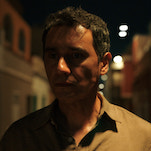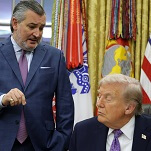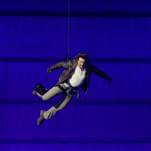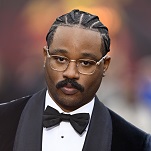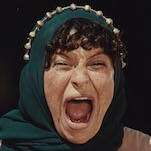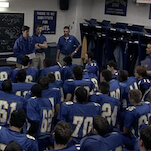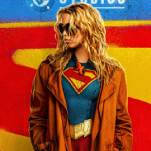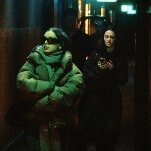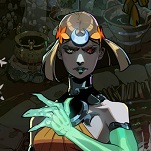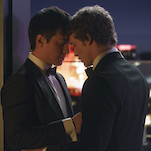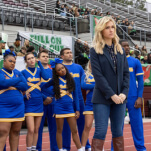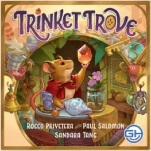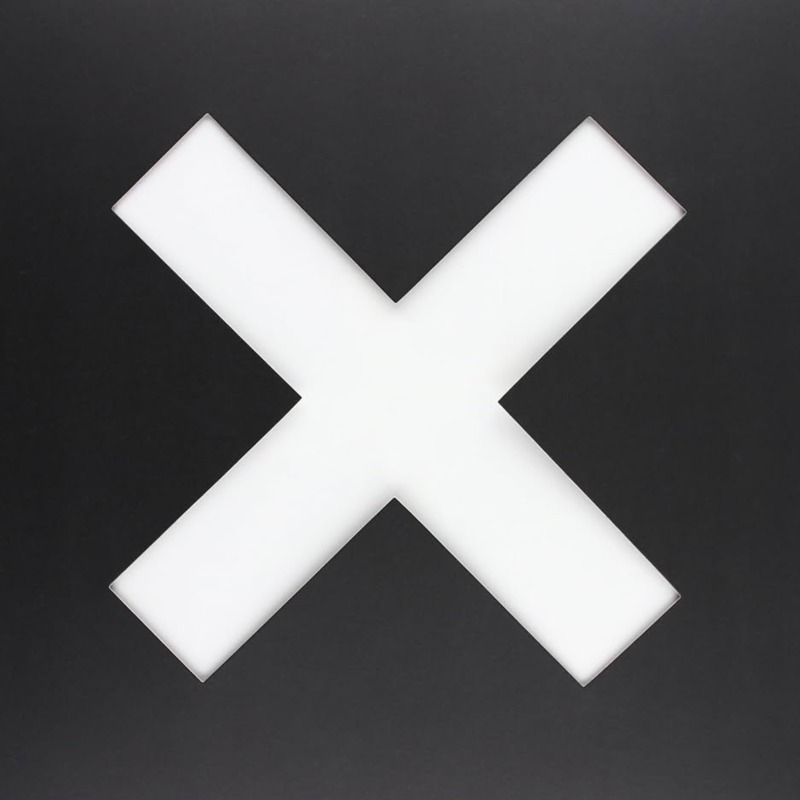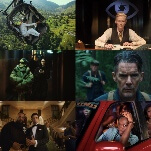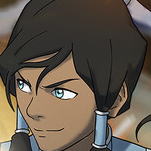Avatar: The Last Airbender review: Latest adaptation lacks the original's magic
Netflix's live-action show can't measure up to Nickelodeon's iconic animated series
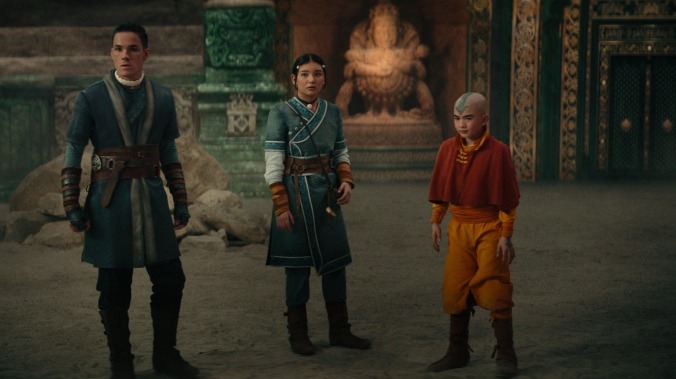
Hollywood loves nothing more than gnawing on the bones of preexisting IPs. Whether a reboot is good or not, it will almost certainly be lucrative. When it comes to Avatar: The Last Airbender, the industry powers that be should’ve learned their lesson the first time. In 2010, Michael Dante DiMartino and Bryan Konietzko’s Nickelodeon show, widely considered one of the greatest animated series of the 21st century, was adapted by M. Night Shyamalan in The Last Airbender. That film is widely considered one of the worst movies of the 21st century. (We’re talking a 5 percent Rotten Tomatoes rating). Unfortunately, it didn’t stop Netflix from making its flesh-and-blood-and CGI adaptation. The best thing to say about it is at least they did a better job than Shyamalan.
Like the original, Albert Kim’s version of Avatar: The Last Airbender is a fantastical adventure tale set in a world divided into four elemental cultures: the Water Tribes, the Earth Kingdom, the Fire Nation, and the Air Nomads. Within each, certain people called “benders” are gifted with the ability to manipulate their native element, whether they use it to fight, heal, build, or fly. Then there’s the Avatar, an eternally reincarnated chosen one who can bend all four, tasked with maintaining balance among humans and spirits alike.
When Avatar begins, Fire Lord Sozin (Hiro Kanagawa) has declared war on the world. He sets out to conquer his adversaries one by one, beginning by wiping out the Air Nomads in an attempt to end the Avatar cycle forever. One hundred years later, the world is still without a defender, and the Fire Nation is steadily gaining ground. Turns out our MIA hero, a 12-year-old Airbender named Aang (Gordon Cormier), has been frozen in an iceberg for the past century. That is, until Katara (Kiawentiio) and Sokka (Ian Ousley), a teenage brother and sister from the Southern Water Tribe, unwittingly thaw him out.
After an icy start, the three hop aboard Aang’s flying bison and head north so the inexperienced young Avatar can learn to bend the other three elements and possibly save the Northern Water Tribe from a dire fate. En route, Katara works on her water bending, Sokka makes out with a few ladies, and Aang comes to the aid of various folks they meet along the way. But it’s not all smooth bison-riding for our trio. They’re being pursued by Zuko (Dallas Liu), the exiled prince of the Fire Nation, who can only return home once he’s captured the Avatar. Zuko and his Uncle Iroh (Paul Sun-Hyung Lee) are themselves dogged by Commander Zhao (Ken Leung), a Fire Nation soldier determined to seize Aang himself—and take down the Northern Water Tribe, as a treat. Meanwhile, Zuko’s dad and sister hatch their own plots from the palace.
Series creator Kim (Nikita, Sleepy Hollow) and his team are aiming to avoid the gravest sins committed by the 2010 movie. First and foremost, the characters in the East Asian and Inuit-inspired animated series were played almost entirely by white or Indian actors. Netflix’s Avatar, on the other hand, features a cast reflecting the cartoon’s world. It’s a welcome and essential change. The show also tries to hew closer to the vibe of the original with its colorful costumes and production design, gravity-defying action sequences, and sense of humor and wonder. The operative word here is tries because, unfortunately, the effort shows. DiMartino and Konietzko were initially attached to the adaptation, but they pulled out in 2020 citing creative differences. And after eight awkward, uneven hourlong episodes, it’s easy to guess what their objections were.






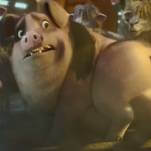


![HBO teases new Euphoria, Larry David, and much more in 2026 sizzle reel [Updated]](https://img.pastemagazine.com/wp-content/avuploads/2025/12/12100344/MixCollage-12-Dec-2025-09-56-AM-9137.jpg)


